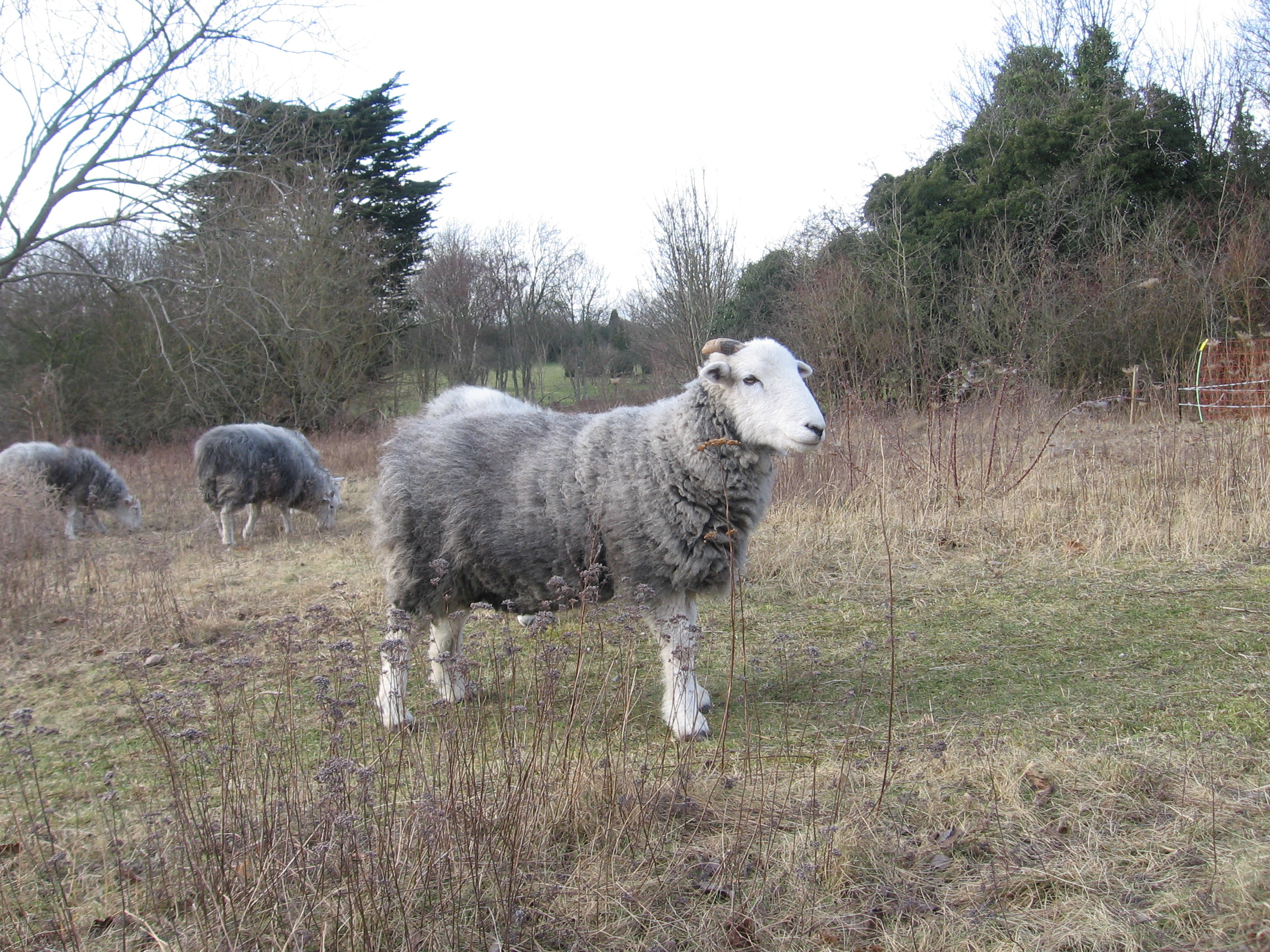This Tuesday volunteers spent the day at several different sites removing two problematic plants: ground elder (Aegopodium podagraria) and ragwort (Senecio jacobaea).

Ground Elder (Aegopodium podagraria)
The first of these, ground elder, is a perennial plant belonging to the carrot family, that is said to have been introduced into England by the Romans as a medicinal and food plant (it is also known as goutweed for its historical use as a medicinal herb to treat gout). However, it’s also a particularly virulent plant that is capable of rapid growth and is able to re-grow from small root fragments. As a result ground elder can easily out-compete surrounding plants for light, and can quickly dominate vegetated areas.
Volunteers were involved in the removal of ground elder at Cuddington Meadows, where it grows abundantly in two corners of the site. Here the plant is regularly mown or cut close to the ground to suppress its growth and allow more light to reach the surrounding plants.

Ragwort plant (Senecio jacobaea) with Cinnibar moth caterpillars feeding
After a morning spent removing ground elder, the volunteers then focused their attention to ragwort, a yelllow daisy-like plant that flowers from July to November. You may well be familiar with ragwort, from the bad press it gets as a toxic plant to livestock, especially horses. Ragwort contains alkaloids that are toxic to livestock if eaten, it can cause liver poisoning and even death (if consumed in large quantities). Because of this, ragwort is removed from sites such as Cuddington Meadows and Wellfield Grassland, where there sheep graze during the winter months. Although sheep will generally avoid yellow-headed flowers, during the winter months when ragwort is no longer in flower it becomes hard for the animals to distinguish. Ragwort is also still toxic when dead, so if a meadow is cut to use for hay or silage it will still pose a problem.
Although ragwort is regularly removed by volunteers on these grazing sites, it is usually left to grow on other sites where livestock are not present. This is because it’s actually a really important plant for insects. At least 30 insects totally rely on ragwort, including the Cinnibar moth, which absorbs the toxic alkaloids to become distasteful to predators. It is also an important nectar source for hundreds of pollinator species such as butterflies and solitary bees.
To help create a happy medium between wildlife and livestock, it’s important to keep ragwort under control where grazing occurs, but on a number of other sites in the borough the plant can be left to thrive and attract the many species of insects that depend upon it.
Eleanor Kirby-Green
SNCV Biodiversity Assistant







